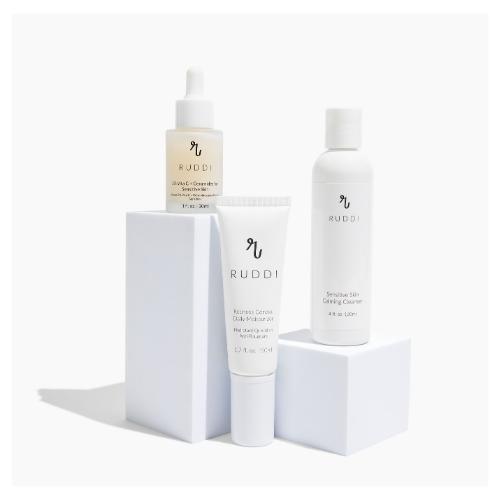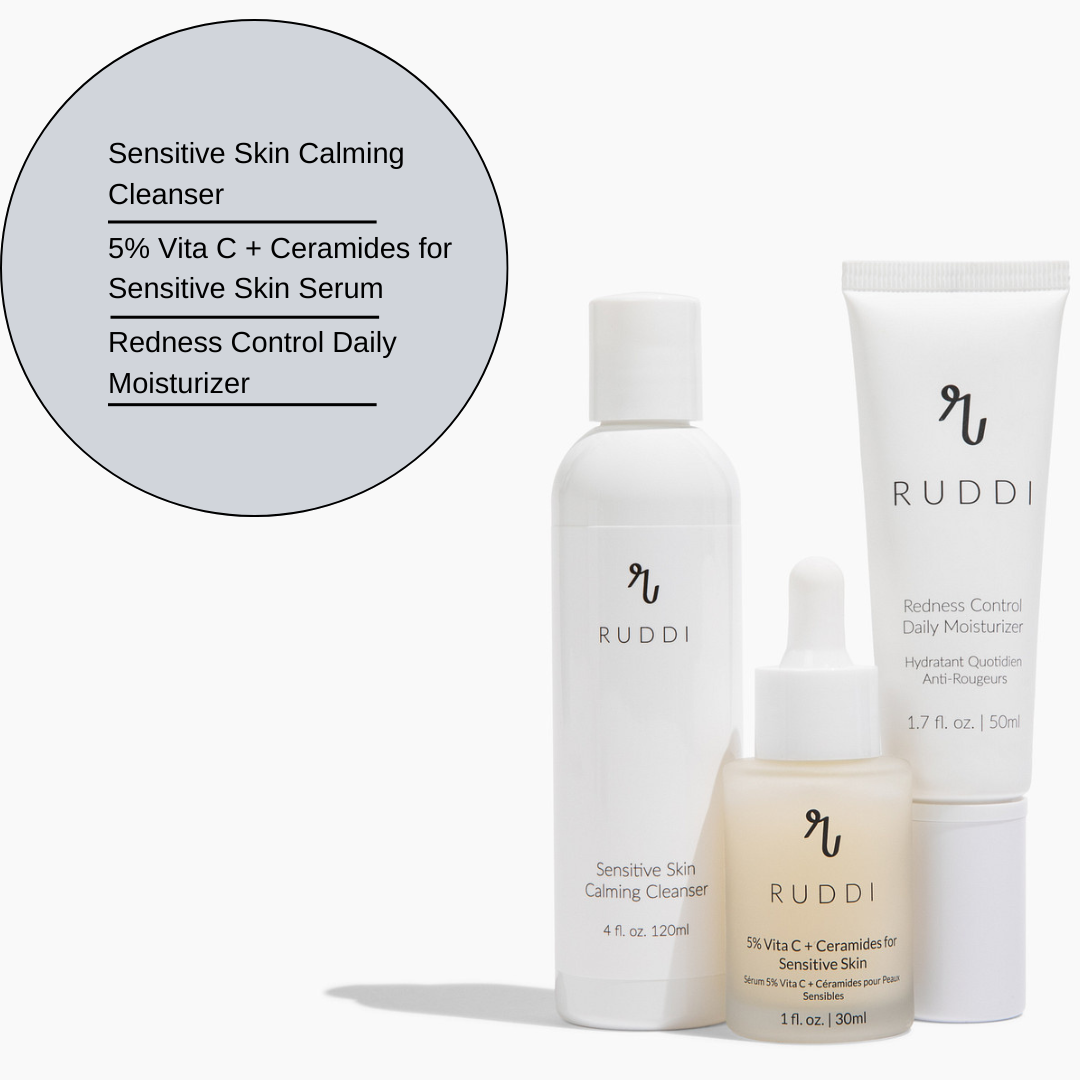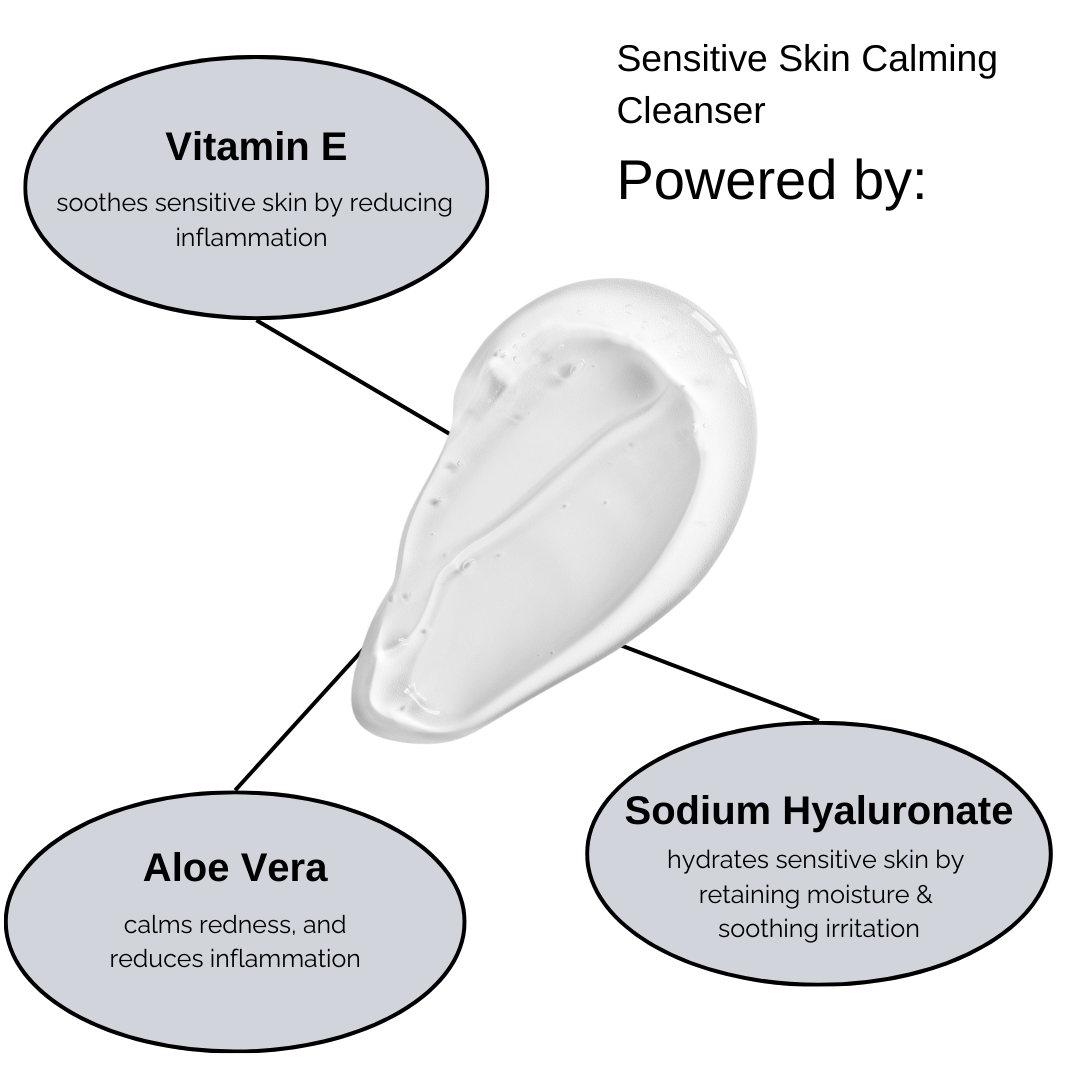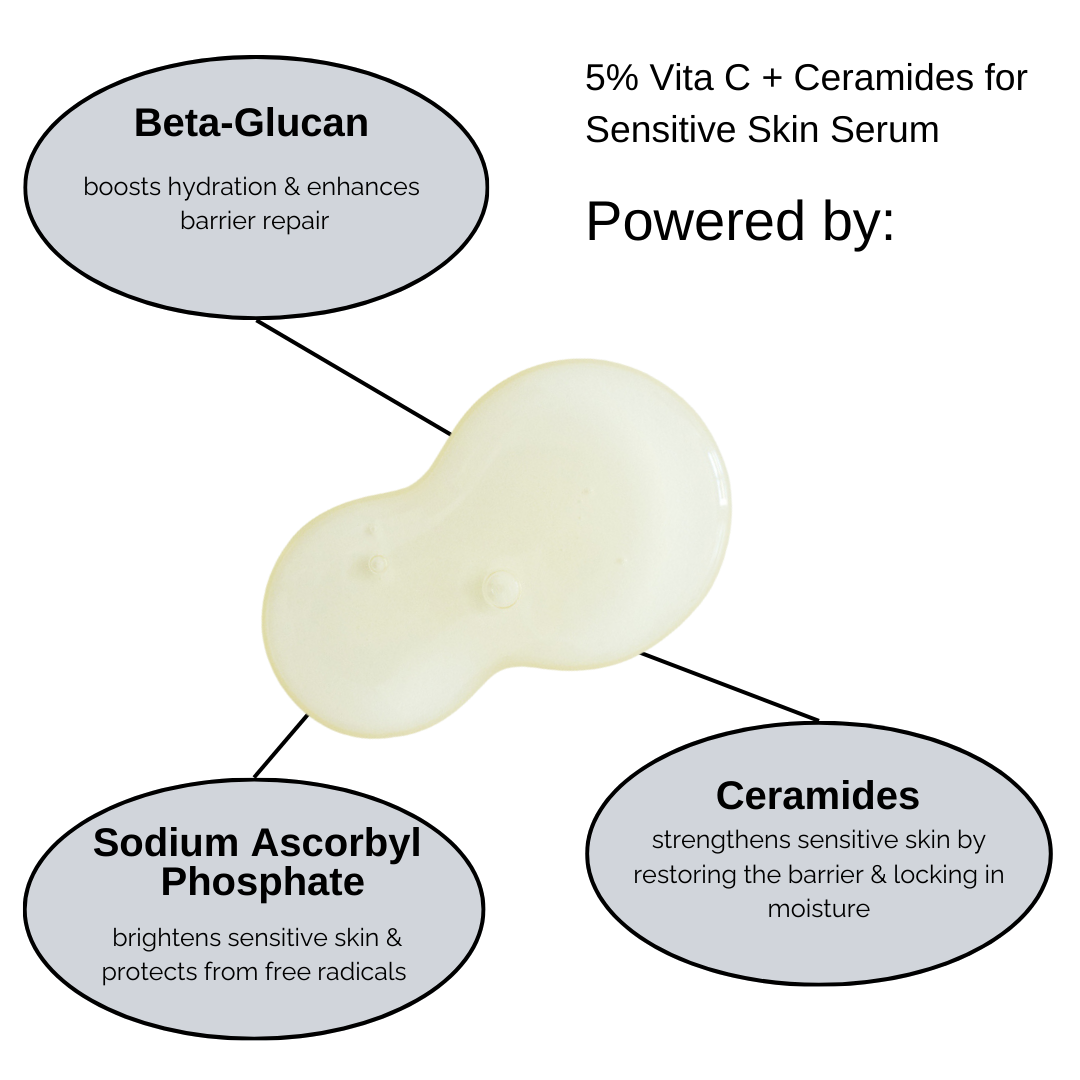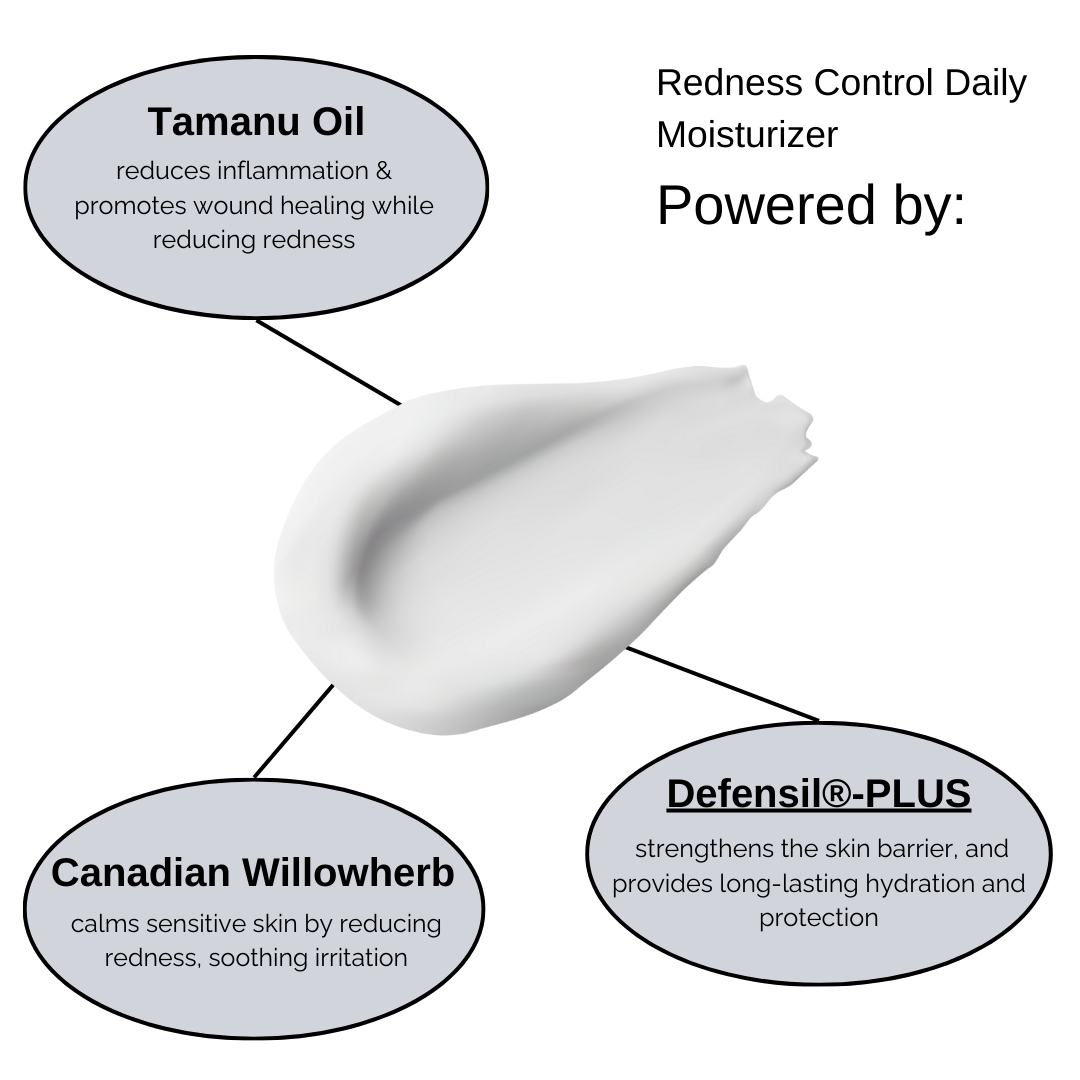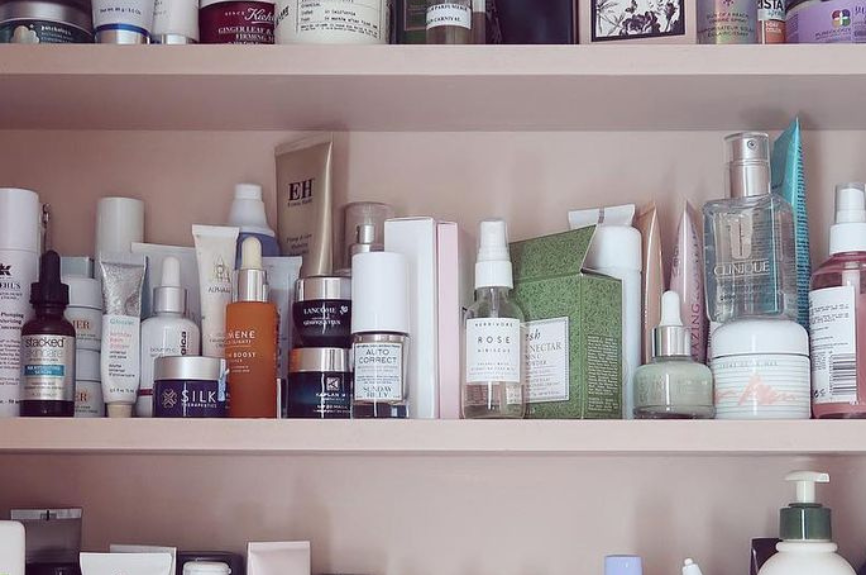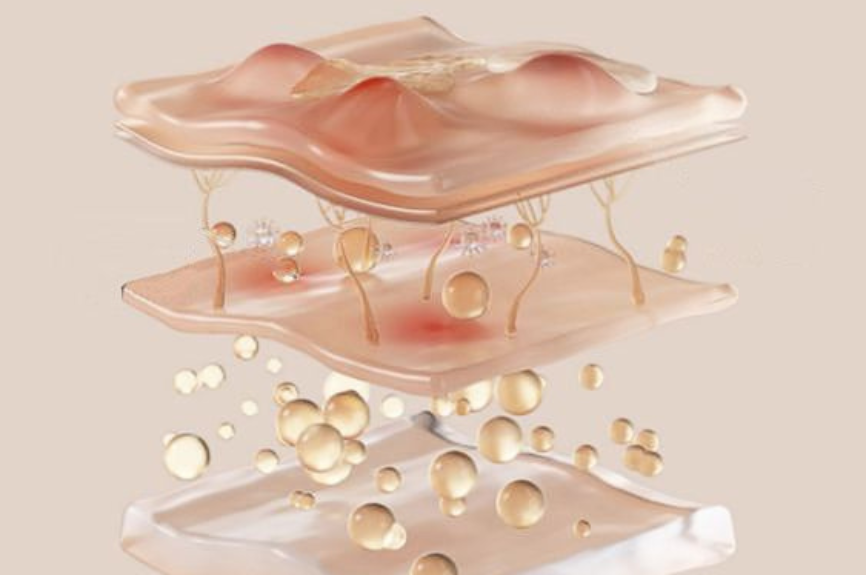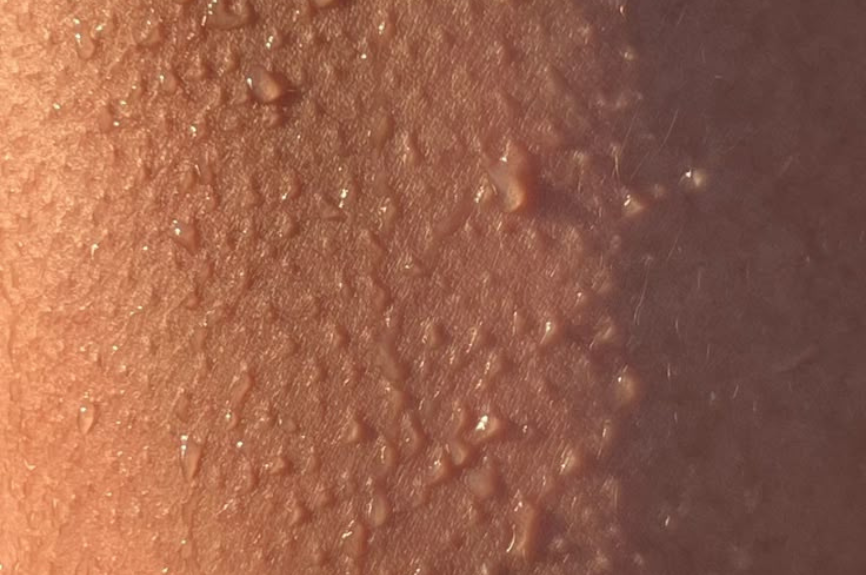
Meet Your Skin Microbiome: The Invisible Ecosystem on Your Face
When we think about skincare, we often picture smooth serums, gentle cleansers, and luxurious moisturizers. But beneath all of that lies a world you can’t see—a living, breathing ecosystem working hard to protect and balance your skin.
Welcome to the world of the skin microbiome.
What Is the Skin Microbiome?
Think of your skin as a lush rainforest, teeming with invisible life. The skin microbiome refers to the trillions of microorganisms—bacteria, fungi, viruses, and even mites—that live on the surface of your skin. Far from being harmful, many of these microbes are essential to maintaining skin health.
Each person’s microbiome is as unique as a fingerprint. Influenced by everything from your environment to your genetics to your skincare routine, it shifts constantly to adapt and protect.
Why the Microbiome Matters for Skin Health
For decades, skincare focused on stripping away oils and “eliminating” bacteria, equating cleanliness with purity. But now, science tells us that our skin needs bacteria—the right bacteria—in order to thrive.
Here’s what a balanced skin microbiome does:
- Maintains the skin barrier: It helps regulate hydration and prevents trans-epidermal water loss.
- Defends against harmful invaders: Good bacteria outcompete harmful ones for space and resources.
- Regulates inflammation: It communicates with your immune system to keep irritation in check.
- Supports a balanced pH: Healthy bacteria help maintain the skin’s slightly acidic mantle, which keeps it strong and resilient.
How Modern Life Disrupts the Microbiome
Unfortunately, our skin’s microbial ecosystem is under constant attack. Some of the biggest culprits include:
- Over-cleansing or using harsh soaps: These strip away both good oils and beneficial bacteria.
- Antibacterial products: Designed to kill, they can’t distinguish between helpful and harmful microbes.
- Environmental stressors: Pollution, UV exposure, and climate changes can all shift microbial populations.
- Antibiotics and medications: Systemic or topical, these can drastically alter the microbial landscape.
An imbalanced microbiome—also known as dysbiosis—can leave the skin vulnerable to issues like dryness, sensitivity, acne, eczema, and even premature aging.
Signs Your Microbiome Might Be Out of Balance:
• Unexpected flare-ups or breakouts
• Skin that feels tight or overly dry
• Increased redness or inflammation
• Sensitivity to products you once tolerated
• Flaky patches or dull texture
What the Future of Skincare Looks Like
The future of skincare is pro-microbial, not anti-bacterial. Brands and formulators are beginning to create products that:
• Support healthy bacteria with prebiotics, probiotics, and post-biotics
• Avoid disrupting the skin barrier with harsh ingredients
• Promote balance rather than control, allowing your skin to find its natural rhythm
Your skin isn’t a sterile surface to be scrubbed clean—it’s an intelligent, living organ with its own army of microscopic defenders. Supporting your microbiome doesn’t just lead to healthier skin; it leads to stronger, more resilient skin. Want to learn more about how to care for your microbiome? Stay tuned for our next post.

